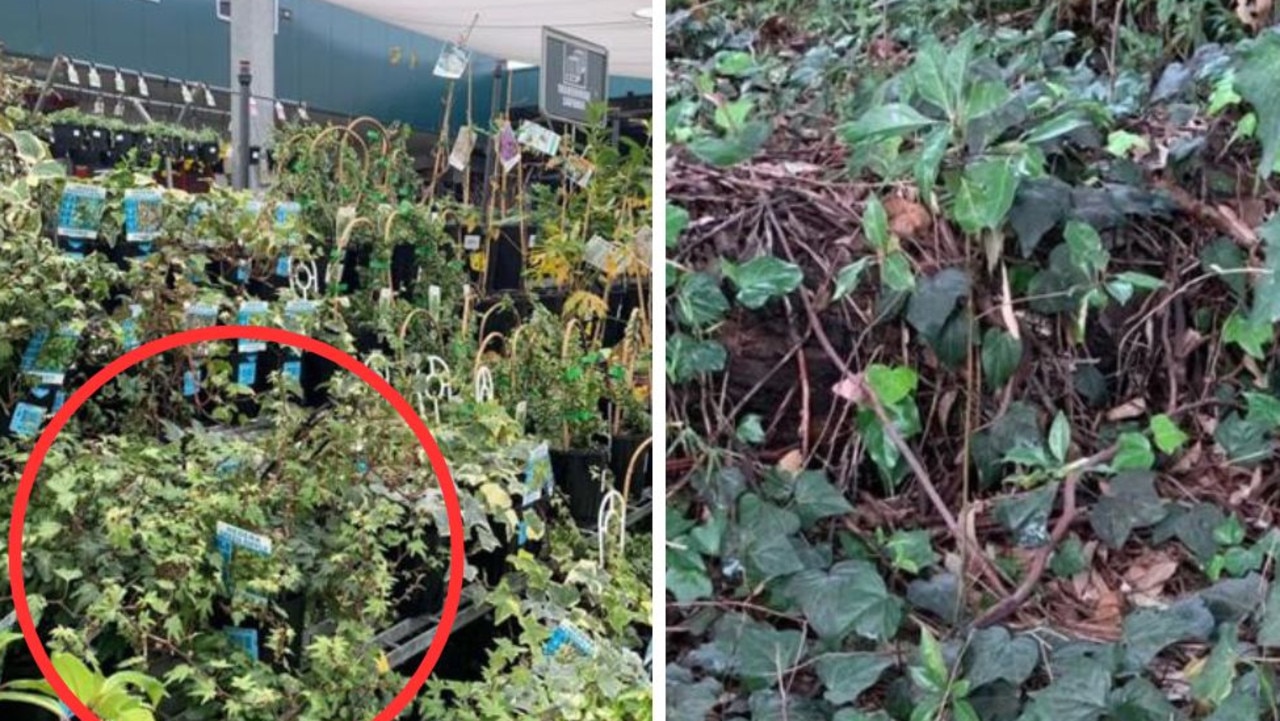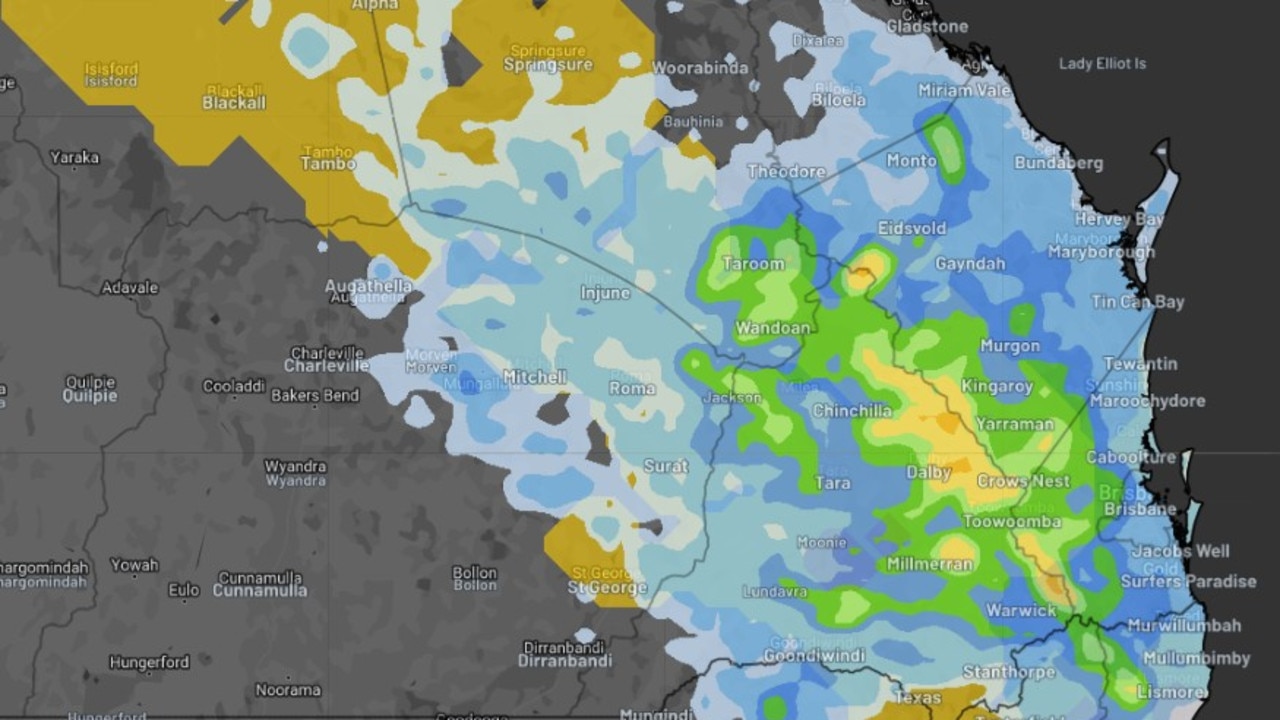Increased bushfire risk issued for parts of Australia ahead of Spring
Aussies are being warned to prepare for more bushfires in new areas over the coming months, as the effects of La Nina come to an end.

Environment
Don't miss out on the headlines from Environment. Followed categories will be added to My News.
Aussies are being warned to prepare for a brutal spring, as an increased risk of bushfire is declared for more than half the country.
The quarterly seasonal bushfire outlook, released on Wednesday, has warned there’s now an increased risk of fire expected for regions in Queensland, New South Wales Victoria, South Australia and Northern Territory.
The bushfire risk comes as La Nina ends, having brought increased fuel growth due to above average rainfall.
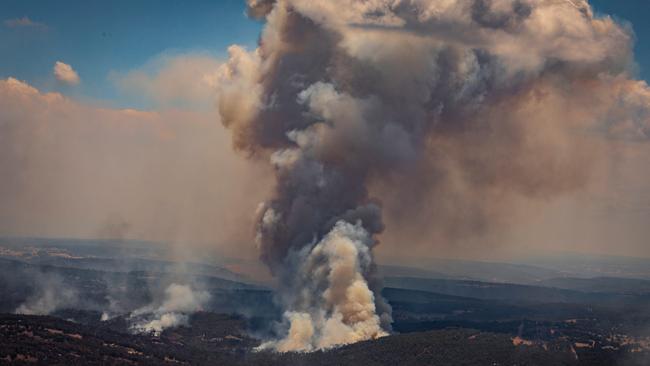
Australasian Fire Authorties Council, which published the report, stated Australia’s climate influences have shifted significantly since last spring, with above average temperatures and below average rainfall expected for almost the entire country for the coming season.
AFAC CEO Rob Webb said residents in those regions at risk are urged to prepare for bushfire and monitor local conditions.
“The climate influences driving increased risk of bushfire this season are widespread,” Mr Webb said.
“Almost the entire country can expect drier and warmer conditions than normal this spring, so it is important for Australians be alert to local risks of bushfire over the coming months, regardless of their location.’
“Fire is a regular part of the Australian landscape in spring.
“Wherever you live, work or travel, now is the time to plan and prepare.
“Understand your risk, know where you will get your information, and talk to your family about what you will do.”
Places of increased risk
New South Wales
Large areas of central and northern NSW are expected to see increased risk of fire in spring 2023.
Residents in these areas are being warned there could be an earlier start to bushfire danger period because of drier than average conditions and frost curing that occurred over winter.
Frost curing is the result of
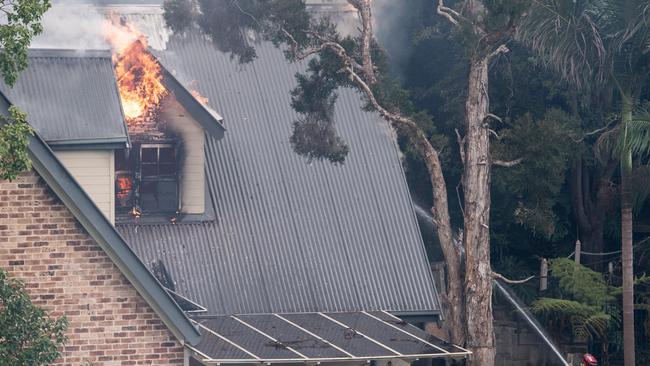
The report warns those high forest fuel loads in parts of the coast and ranges not affected by the 2019-20 fires could also be at risk, particularly around the Sydney Basin, parts of the coast and north of the Hunter.
Hazard reduction burns will be undertaken where permitted.
Queensland
Locally intense bushfires are being forecast across parts of Queensland, with some becoming destructive.
The increased bushfire activity comes off the back of a combination of drying fuels, forecast below average rainfall and above average temperatures.
“Whilst Queensland has experienced significant rainfall across many parts of the state, which has resulted in significant growth in vegetation, the fuel loads being observed are similar to traditional post La Nina growth patterns,” the report stated.
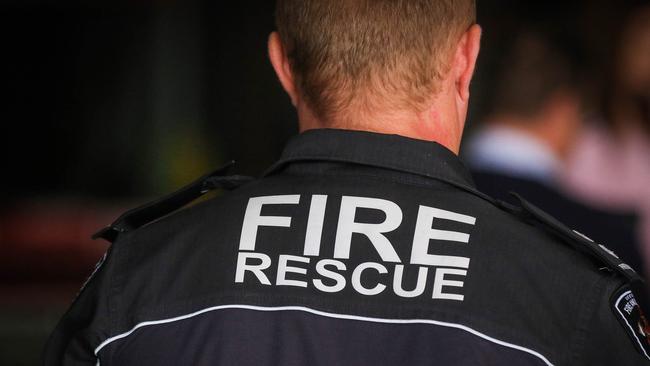
“Reduced seasonal rainfall, low root zone soil moisture levels and elevated evaporation rates across areas around the inland parts of the Capricornia, Wide Bay–Burnett and the Southeast Coastal forecast areas, and in widespread parts of the Southern Downs and Granite Belt, have combined to produce above average fire potential for these areas moving into the spring fire season.”
Victoria
Victorians can expect a warmer spring and earlier start to the high risk fire season this year across much of central, western and northern Victoria, according to the report.
It comes after three years of La Nina saw above average rainfall, creating moist soil across much of the state.
“Elsewhere around the state, the fire risk potential is assessed to be normal noting that drier forests, woodlands and bushfire intensity and make fire control more challenging,” the report stated.
“Eastern and southern areas are likely to become too dry for low intensity fuel reduction burning earlier than other areas.”
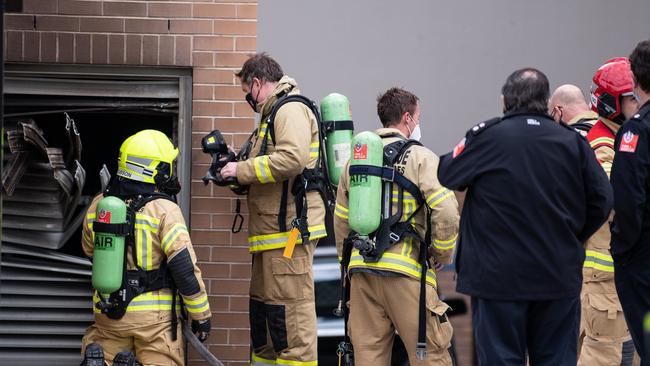
South Australia
South Australia is forecast to have above average maximum temperatures and above average minimum temperatures in spring, meaning soil in many areas of the state is starting to dry out.
The report stated this has led to much greater fuel loads being created.
Hazard reduction will be required throughout spring before the hotter weather arrives to reduce the risk.
“The fire danger outlook has increased from below average to above average for spring across much of the southern half of the South Australia,” the report stated.
“Fire danger outlook is showing increased risk of fire for grassland in the SA-Victoria border region and also for Mallee Heath areas across southern SA approaching the Victorian border.
“These factors raise expectations of an early start to the 2023 fire danger season.”
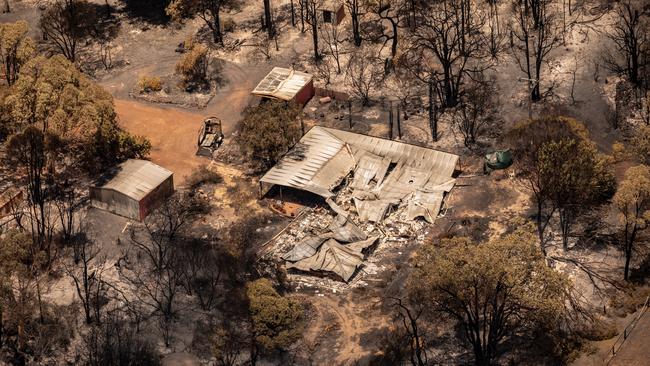
Northern Territory
The report found there’s above average grass fuel loads across most of the territory, increasing the risk of wildfires to travel across vast distances.
“Drying conditions are predicted to impact the entire NT as El Nino continues to develop,” it stated.
“Average grass fuel loads and adequate fire scar coverage across the Top End, Katherine and Arnhem districts mean there is normal fire potential for these regions.
“Early season mitigation programs have concluded throughout the Northern Savanna, Arnhem and Top End regions.
“It was challenging for fire managers to access many areas around Darwin, Katherine and the Victoria River”
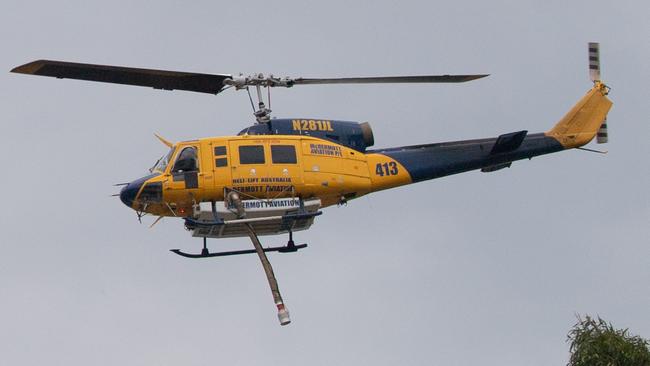
The increased risk of bushfire gives warning to those communities about the increased number of significant bushfires occurring in the outlook period compared to the average, the AFAC report stated.
“The updated format of the Seasonal Bushfire Outlook is informed by the expertise of fire authorities across Australia and the Bureau of Meteorology,” Mr Webb said.
“Fire agencies are now able to share more relevant and targeted information with communities to empower them to be safer and more prepared for this upcoming season.’
Originally published as Increased bushfire risk issued for parts of Australia ahead of Spring




